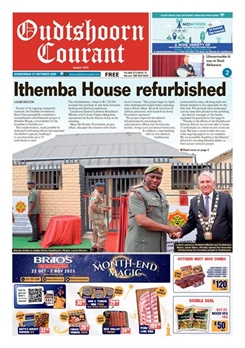Let me start by saying, I don't think South African wine can be called expensive at any price. Compare our best to the best internationals from their famous terroirs and, even more so, brands.
Even if you factor in exchange rates and income potential, we still drink really well for very little. Rather let me differentiate between inexpensive wine and the ones that cost a great deal more but still represent fantastic value, all things considered.
Let's start with the economics behind making a desirable and iconic wine.
Not too long ago I was sitting at a table with a winemaker admiring his latest small volume release Sauvignon blanc from a very unique low-yielding two-hectare vineyard. Six bottles that come in a glossy, colour-printed box, individually wrapped in thick coloured paper sharing pictures and the story of its special provenance.
Nestled inside each wrapper a deep punted, heavy glass bottle with a pearl-like mirror finish and a richly textured label and sealed with a flawless 54mm cork, covered with a printed and embossed tin capsule. Iconic indeed. I remark that it looks and feels premium. And then comes the eye widening revelation: I am holding a R112 per bottle in cost excluding the wine and what a wine it is. Concentrated, mineralic with tropical and herbaceous notes that linger on the palate and, above all, balanced. It makes for a superb partner to a variety of dishes and with the potential to improve in bottle for another five to seven years. Most certainly worthy of such packaging.
To give some perspective, just think: the cork that you so cavalierly toss into the bin could buy you a beer at your local! Now factor in the cost of intensive viticulture, labour and transport in some inaccessible part of the country, because, well, that's where those picky grapes achieve their greatest potential.
As a result of hardship and suffering the outcome is quality wine grapes but quite a lot less of them, so your two hectares end up only netting say 4 000 bottles. Quantity focused sites can produce 10 times as much with the same input.
However, this is an uncorked white wine. What if this was a small volume, premium oak, matured red wine which, incidentally, this producer also makes? Well, now you can add a R15 000 new French oak barrique per every 300 bottles and the added capital layout of maturing it for two years in the cellar before selling the first bottle.
In truth, the above isn't such an extreme example as you might think. The sites that produce the wines that we proudly share with our dinner party guests aren't all that prevalent and the rising cost of farming them outperform the yearly price increase you see on-shelf. There aren't any corners to be cut in the making of wine that won't impact negatively on the quality in your glass, except maybe the way it is packaged.
That said, rare and special wines will always go into heavy glass with most probably a hand-selected cork - and so they should.
They are sometimes expected to last in the cellar for decades to come, plus there is a certain romance and theatre to opening one of them that should never be lost.
However, increasingly, we see some of our favourite, everyday bottled wines finding their way into two-litre boxes with discounts to boot and I am happier for it. They seldom survive a week beyond purchase (in our house).
Box wine isn't necessarily cheaply made wine, but can be good wine in cheap packaging - and believe me, some of the brands going this route have built their reputations over decades and won't risk producing something inferior. They are just saving us a few bucks and the proof is in the glass, so cheers!
 Conrad de Wet
Conrad de Wet
Conrad de Wet sells wine for a living. This came about as a convenient consequence of constantly tasting his way towards the next great wine discovery, and then thinking and talking about it until no mystery regarding its greatness remains. He opens a bottle of wine with the same enthusiasm as a pre-schooler opens a birthday present. 082 683 4193 / dewet.wine@gmail.com / instagram: winebynature

















